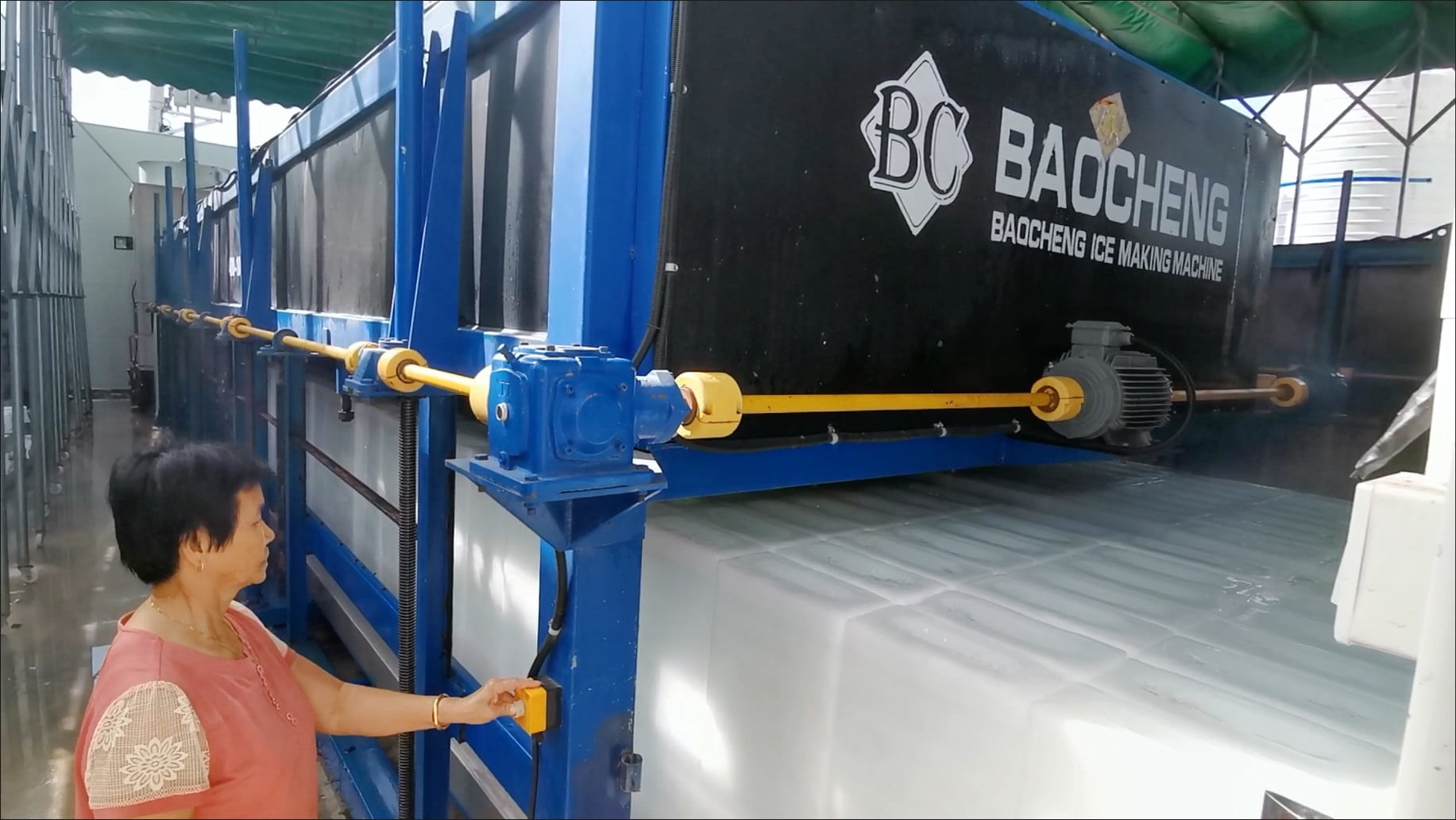Industrial Ice Making Equipment and Time-to-Production Efficiency: Expert Advice for Ice Plant Businesses
Apr 21, 2025
In industries reliant on ice for operations—from food processing to pharmaceuticals—the speed at which ice-making plants transition from installation to full production (time-to-production efficiency) is critical. Delays can disrupt supply chains, increase costs, and compromise product quality. This article explores how industrial ice-making equipment selection, installation practices, and operational planning directly impact this efficiency, offering actionable insights for ice plant businesses to optimize their workflows.
Why Time-to-Production Efficiency Matters in Ice Plant Business
Defining Time-to-Production Efficiency
Time-to-production efficiency refers to the duration between equipment installation and the ice production process reaching full operational capacity. For ice-making plants, this metric directly affects client satisfaction, especially in time-sensitive sectors like food processing or healthcare.
The Business Impact
Delayed deployment of industrial ice-making equipment can lead to:
Lost Revenue: Idle production lines awaiting ice supply.
Quality Risks: Temperature-sensitive goods spoiling due to inconsistent cooling.
Reputation Damage: Missed deadlines eroding client trust.
For example, a seafood processing plant relying on block ice for preservation may face product losses exceeding $10,000/day if ice machines are not operational on schedule.
Industry-Specific Time-to-Production Requirements
Food Processing Industry
Demand Characteristics: High-volume, continuous ice needs for preservation and processing.
Efficiency Requirements: ≤72 hours from installation to full output.
Case Study: A frozen meat exporter reduced downtime by 40% after partnering with a supplier offering pre-tested, modular ice-making equipment.
Hospitality & Beverage Industry
Demand Characteristics: Seasonal spikes (e.g., summer months), requiring rapid scalability.
Efficiency Requirements: ≤48 hours for urgent installations.
Example: A beverage manufacturer avoided festival-season losses by installing a containerized ice plant with plug-and-play functionality.
Pharmaceutical Industry
Demand Characteristics: Ultra-clean ice for temperature-controlled logistics.
Efficiency Requirements: Strict adherence to installation timelines (≤5 days) to align with regulatory audits.
Chemical Industry
Demand Characteristics: Specialized ice forms (e.g., flake ice) for reactor cooling.
Efficiency Requirements: Minimal downtime during equipment upgrades to avoid process interruptions.
Key Factors Affecting Time-to-Production Efficiency
Equipment Type and Capacity
High-capacity industrial ice-making machines (e.g., 20-ton/day block ice systems) require longer installation times but reduce long-term bottlenecks. Modular designs can accelerate deployment.
Installation Environment Readiness
Electrical compatibility (e.g., 3-phase power for heavy-duty systems).
Floor reinforcement for vibration-prone equipment.
Supplier Expertise
Vendors offering turnkey services (design, installation, training) reduce delays. Verify their track record in your industry.
Customization Needs
Tailored solutions (e.g., stainless steel components for corrosive environments) may extend timelines but ensure long-term reliability.
Professional Recommendations for Ice Plant Businesses
Pre-Installation Planning
Conduct a site audit to identify infrastructure gaps (e.g., water supply, drainage).
Align installation schedules with production calendars.
Prioritize Scalable Equipment
Choose modular ice-making plants that allow capacity upgrades without full system replacements.
Streamline Compliance
Work with suppliers familiar with industry standards (e.g., FDA guidelines for food-grade ice).
Proactive Maintenance
Schedule quarterly inspections to prevent unplanned downtime.
Monitor Market Trends
Adopt energy-efficient technologies (e.g., variable-speed compressors) to future-proof operations.
Conclusion
Optimizing time-to-production efficiency in ice-making plants hinges on strategic equipment selection, meticulous planning, and collaboration with experienced suppliers. By addressing industry-specific demands and leveraging advanced industrial ice-making equipment, businesses can minimize downtime and maximize ROI.
Ready to enhance your ice plant’s efficiency? At BAOCHARM, we specialize in end-to-end solutions for ice machine installation and ice production process optimization. Contact us today for a free consultation tailored to your operational needs.
Read More


